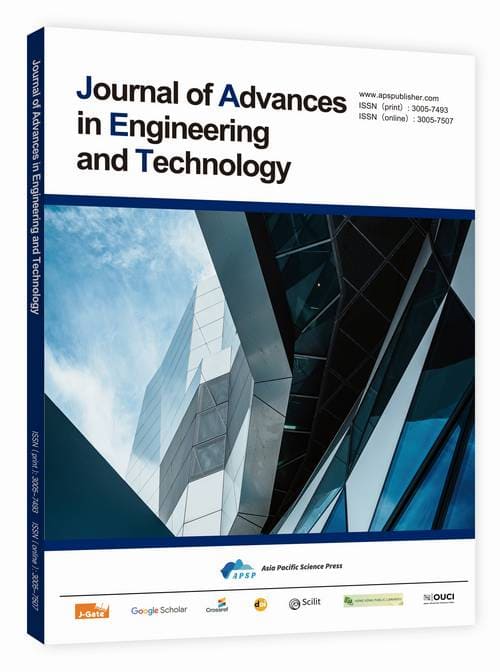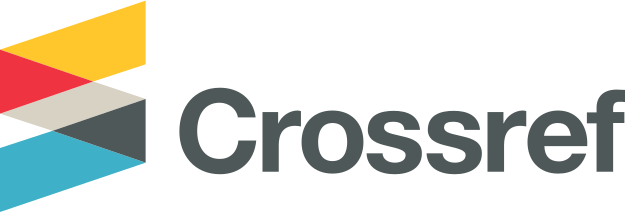Low-Cost CCTV Repurposing for Sustainable Parking Management: A Non-AI Computer Vision Case Study
DOI:
https://doi.org/10.62177/jaet.v2i4.666Keywords:
Parking Occupancy Monitoring, Low-Cost Computer Vision, Adaptive Thresholding, Sustainable Urban Mobility, Polygon Masking, Non-AI SolutionAbstract
Urban parking inefficiency results in fuel waste and emissions, yet the current monitoring systems rely on resource-intensive AI or sensor-based approaches. Aligning with a focus on sustainable technology, this project demonstrates how deterministic computer-vision techniques (using adaptive thresholding and polygon masking) can transform the existing CCTV camera framework into parking occupancy detectors without AI. This system deploys an open-source pipeline, combining OpenCV and PyQt5, on UFV’s infrastructure, which requires zero hardware costs and consumes 95% less power than other GPU-based solutions. Testing with 18,000+ frames of simulated CCTV footage, the system achieved approximately 99% accuracy. This case study presents a replicable solution for institutions in resource-constrained environments, demonstrating that an economical IoT-CV integration can optimize urban resources while minimizing AI’s carbon footprint.
Downloads
References
Ponnambalam, C. T., Cheng, R., & Donmez, B. (2018). Effects of searching for street parking on driver behaviour and physiology: Results from an On-Road Instrumented Vehicle Study. Proceedings of the Human Factors and Ergonomics Society Annual Meeting, 62(1), 1404–1408. https://doi.org/10.1177/1541931218621320
Bhaskar, K. (2025, May 22). Solving campus parking Problems: smart solutions for universities. Euro Parking Services. https://europarkingservices.com/solving-campus-parking-problems/#:~:text=Insufficient%20Parking%20Spaces%3A%20While%20universities,to%20parking%20in%20unauthorised%20spaces.
Paidi, V., Fleyeh, H., Hakansson, J. & Nyberg, R. G. (2018) Smart parking sensors, technologies and applications for open parking lots: a review, IET Intelligent Transport Systems, 12 (8), 735 – 741, https://doi.org/10.1049/iet-its.2017.0406
Nguyen, D., Vo, X., Priadana, A., & Jo, K. (2023). Car detection for smart parking systems based on improved YOLOV5. Vietnam Journal of Computer Science, 11(02), 195–209. https://doi.org/10.1142/s2196888823500185
De Almeida, P. R., Oliveira, L. S., Britto, A. S., Silva, E. J., & Koerich, A. L. (2015). PKLot – A robust dataset for parking lot classification. Expert Systems With Applications, 42(11), 4937–4949. https://doi.org/10.1016/j.eswa.2015.02.009
Benjdira, B., Koubaa, A., Boulila, W., & Ammar, A. Parking Analytics Framework using Deep Learning, 2022 2nd International Conference of Smart Systems and Emerging Technologies (SMARTTECH), 200-205
https://doi.org/10.1109/SMARTTECH54121.2022.00051
N, S. P. V., & N, N. (2013). Automation of Vehicular Parking Using Loop Detector with single lane traffic: A Design Approach. International Journal of Engineering and Technology (IJET). https://www.enggjournals.com/ijet/docs/IJET13-05-03-129.pdf
Park, N. W., Kim, N. B., Seo, N. D., Kim, N. D., & Lee, N. K. (2008). Parking space detection using ultrasonic sensor in parking assistance system. IEEE Intelligent Vehicles Symposium. https://doi.org/10.1109/ivs.2008.4621296
Dhole, R. N., Undre, V. S., Solanki, C. R., & Pawale, S. R. (2014). Smart traffic signal using ultrasonic sensor. ResearchGate, 1–4. https://doi.org/10.1109/icgccee.2014.6922284
SNS insider, Strategy and Stats. (n.d.). Traffic Sensor Market Size, Share Growth Drives Report 2032. SNS Insider | Strategy and Stats. https://www.snsinsider.com/reports/traffic-sensor-market-1886
Comparing inductive loops and LiDAR technology. (n.d.). https://simpl.seyond.com/comparing-inductive-loops-and-lidar-technology
Alvi, F. (2025, January 17). Why you need to start learning OpenCV in 2025! OpenCV. https://opencv.org/blog/learning-opencv/
Mahraj, N. (2023, March 7). Advantages of using PyQT5 in data analysis for analysts. Medium. https://python.plainenglish.io/advantages-of-using-pyqt5-in-data-analysis-for-analysts-7da405a92a4b
Liu, J., Wang, K., & Chen, F. (2021). Understanding energy efficiency of databases on single-board computers for edge computing. 2021 29th International Symposium on Modeling, Analysis, and Simulation of Computer and Telecommunication Systems (MASCOTS), Houston, TX, USA, 1–8. https://doi.org/10.1109/mascots53633.2021.9614300
Benefits of SQLite as a file format. (n.d.). https://www.sqlite.org/aff_short.html#:~:text=Reading%20and%20writing%20from%20an,a%20complete%20parse%20in%20memory.
GeeksforGeeks. (2025b, July 23). Thread in operating system. GeeksforGeeks. https://www.geeksforgeeks.org/operating-systems/thread-in-operating-system/
Zaman, M., Puryear, N., Abdelwahed, S., & Zohrabi, N. (2024). A review of IoT-Based Smart City Development and Management. Smart Cities, 7(3), 1462–1501. https://doi.org/10.3390/smartcities7030061
Canals, R., Ganoun, A., & Leconge, R. (2009). Occlusion-handling for improved particle filtering-based tracking. European Signal Processing Conference, 1107–1111. https://dblp.uni-trier.de/db/conf/eusipco/eusipco2009.html#CanalsGL09
Vo, D. T. (2009). Spatio-temporal filtering for images and videos : applications on quality enhancement, coding and data pruning. UC San Diego. https://escholarship.org/uc/item/25s1x0x2.pdf
OpenCV: Optical Flow. (n.d.). https://docs.opencv.org/3.4/d4/dee/tutorial_optical_flow.html
OpenCV: Basic concepts of the homography explained with code. (n.d.). https://docs.opencv.org/4.x/d9/dab/tutorial_homography.html
PyQT5. (2024, July 19). PyPI. https://pypi.org/project/PyQt5/
Downloads
How to Cite
Issue
Section
License
Copyright (c) 2025 Namya Kamboj, Kongwen Zhang

This work is licensed under a Creative Commons Attribution-NonCommercial 4.0 International License.
DATE
Accepted: 2025-10-10
Published: 2025-10-17
















